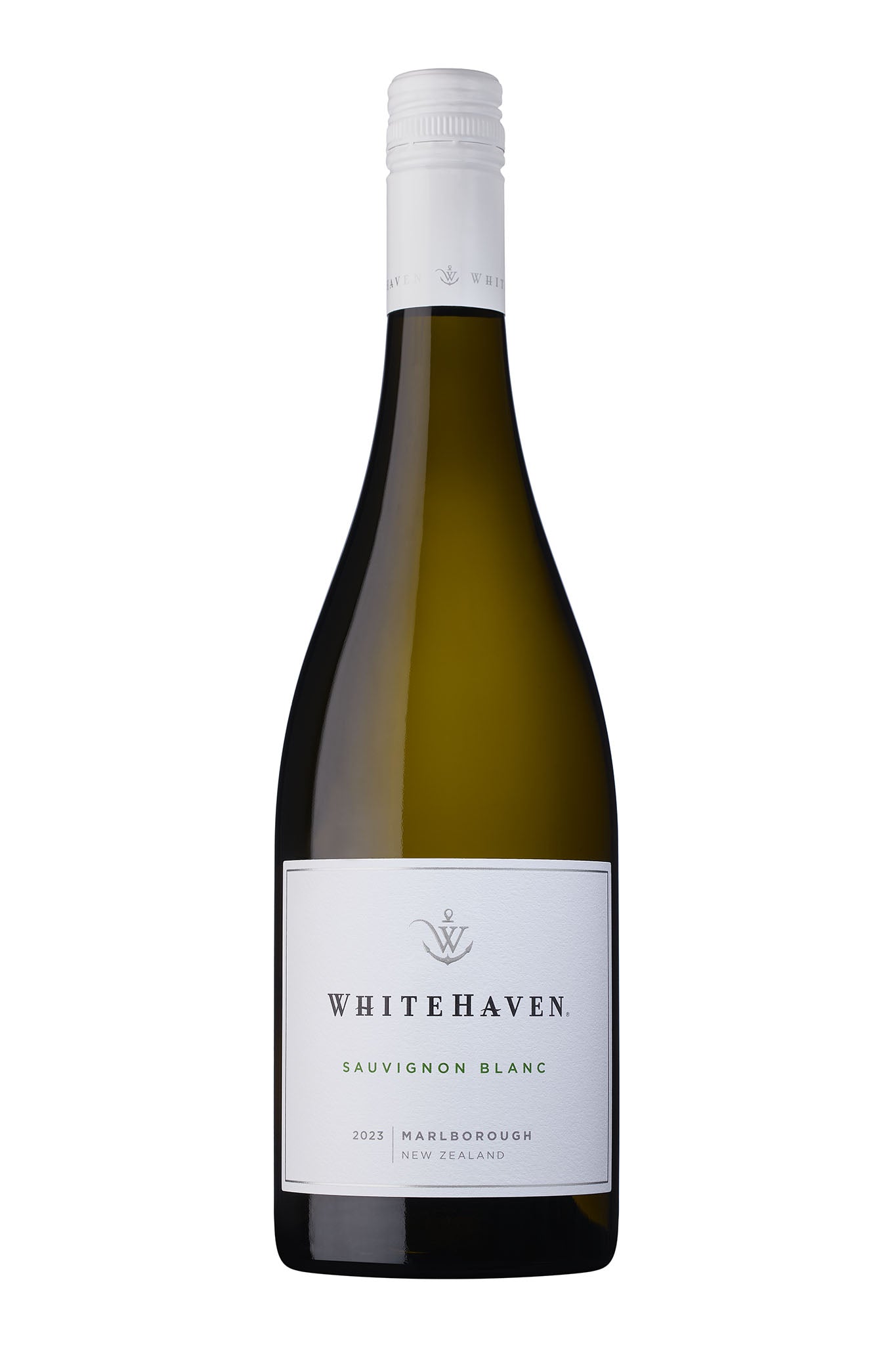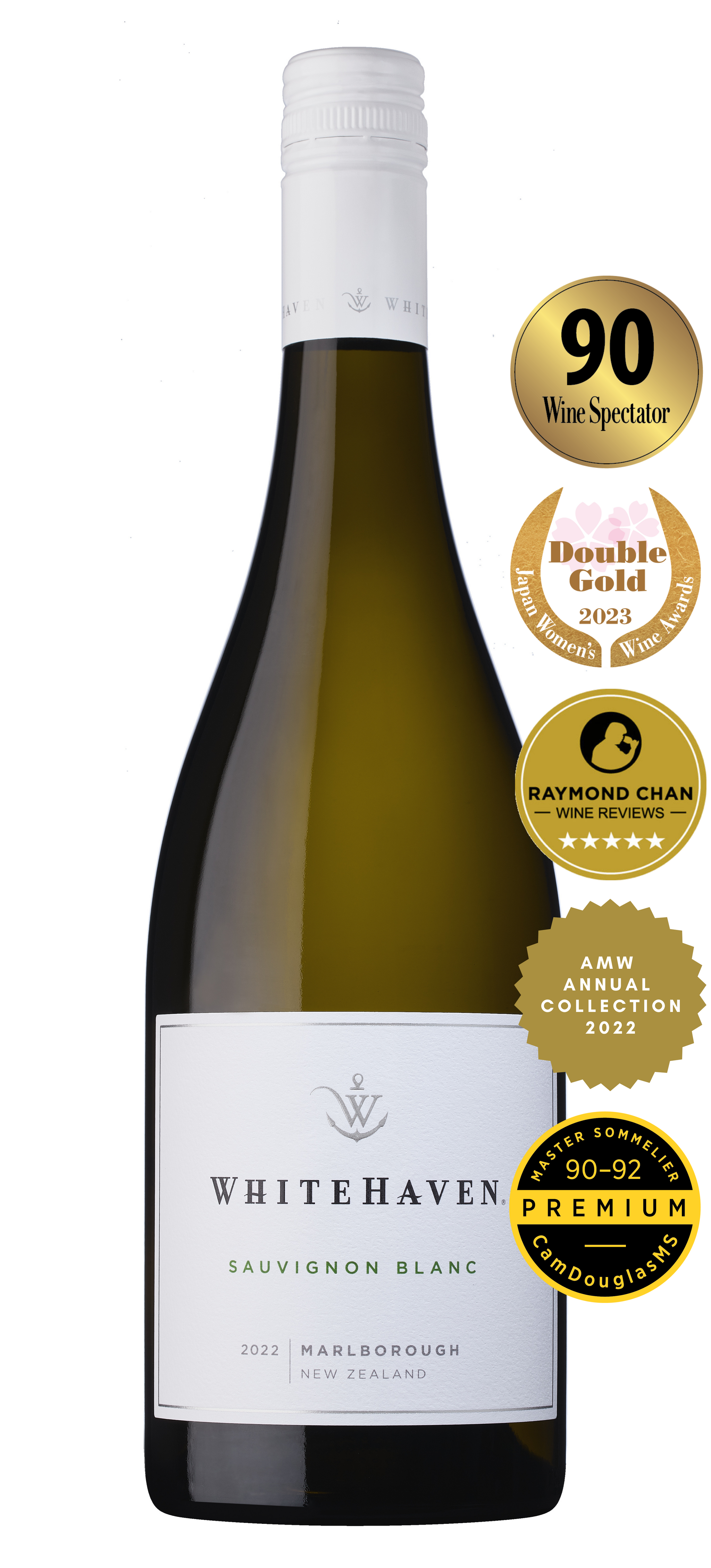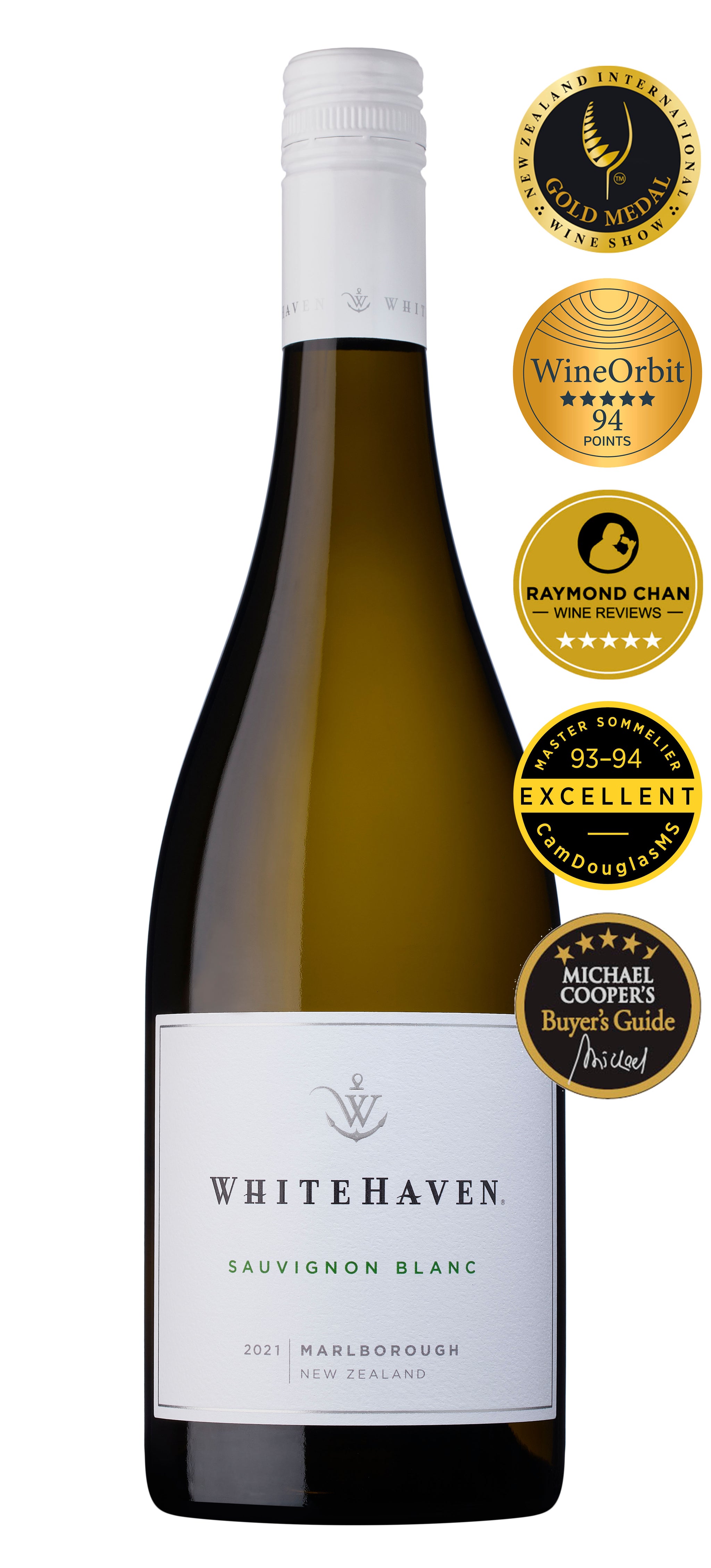TASTING NOTE
Colour / Appearance: Pale lemon.
Aroma / Bouquet: Classical Marlborough with aromas of grapefruit, lemongrass and crushed herbs underscored with complexing hints of tropical fruits and gooseberry.
Palate: Pure and concentrated with flavours of grapefruit, white peach, lemongrass and boxwood and citrus with oyster shell and saline notes promoting a focussed textural element. Medium bodied, the palate is layered and dense yet retains elegance with a lingering precise finish.
Cellaring: We recommend drinking our 2023 Sauvignon Blanc while it is young and fresh, but the wine is capable of developing nicely beyond five years if carefully cellared.
Food Match: A perfect accompaniment to oysters and fresh seafood, Japanese cuisine, summer salads, light poultry and goat’s cheese.
Serve: Lightly chilled.
WINE ANALYSIS
Alcohol: 13.0
Residual Sugar: 2.4 g/L
Titratable Acidity: 7.3 g/L
pH: 3.33


VITICULTURE
Harvest Date: 23rd March – 12th April 2023
Grape Growing: We are proud to source the fruit for this wine exclusively from Marlborough and to be certified with Appellation Marlborough Wine (AMW). A mix of company owned or managed vineyards, and contract grower vineyards, are pruned to between two and four canes on a vertical shoot positioned trellis. Shoot thinning, leaf plucking and trimming are used to achieve balanced vines, a healthy canopy and clean fruit.
Climate: Similar to the previous season, the 2023 growing season started with soil moisture at capacity following a wet winter. Flowering conditions in November and December were not even across Marlborough with some sub-regions achieving a good set and crop load, and others below average set. Vigilance around disease pressure was paramount, with regular rain events through the season and unusual humidity and warm nights through much of December and January. Day time temperatures were not warm, delaying the vine’s physiological advancement. Marlborough breathed a sigh of relief as cyclone Gabrielle minimally impacted the region in February, while wreaking havoc through much of the North Island. The season turned a corner for Marlborough in early March with a return to cool nights and sunnier conditions allowing us to delay harvest for as long as possible, resulting in fruit that reached good sugar levels with attractive flavours, while disease levels remained low and manageable. Peak time for intake was the two weeks starting from the 27th March and fruit condition remained very good through until the end of harvest.
VINIFICATION
Winemaking: The fruit was machine harvested, often overnight, and pressed immediately with minimal skin contact. After settling, the clear juice was fermented in stainless steel tanks at 16°C – 12°C with selected yeast strains to preserve pure sub regional characters and varietal flavours. Wines sat on light yeast lees in tank for up to 6 weeks prior to blending in June 23. The wine has been heat and cold stabilised, and sterile filtered, prior to bottling.









